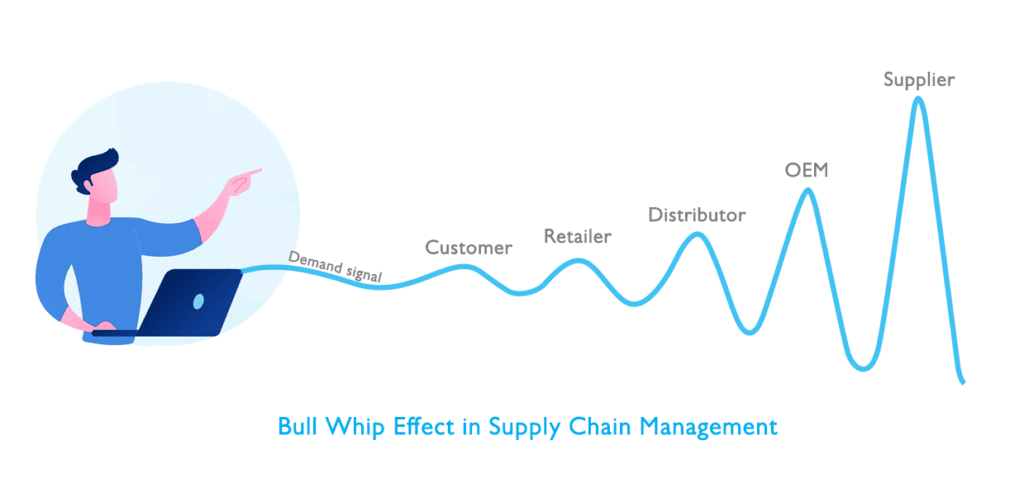The medical equipment industry faces a constant threat of disruptive technologies that force them to improve their products relentlessly. This creates a severe strain on their supply chain as they face constant pressure for prototype as well as production parts for New Product Introduction (NPI). Brian Tracy, who is synonymous with personal and professional achievement, quoted, “Managers today have to do more with less, and get better results from limited resources, more than ever before.”
With fierce competition intensifying in the medical equipment manufacturing industry, companies have to reduce the product development life-cycle and time to market, and still produce high-quality products at low cost to succeed. It’s only fair for the medical equipment manufacturers to expect all the credit and attention for inventing a lifesaving or a life-enhancing product, considering the pressure under which they operate. Companies would rather spend their limited resources on the innovation of their products. By doing so, companies end up compromising on other activities in the value chain, such as Supply Chain Management. Being mostly under-resourced, supply chain teams struggle to stabilize their workflows. For a company to have a competitive advantage, they should have a unique edge in each activity of their value chain. Starbucks became successful by following differentiation strategies in each aspect of their value stream, branding them as a world-renowned premium coffee brand.
Table of Contents
ToggleCurrent Scenario of Medical Equipment Industry
The COVID pandemic has highlighted the criticality of a steady and stable supply chain for companies to survive in this industry. Small companies suffocated with the increasing demands and strains in their sourcing that led to their demise. Many organizations ended up with reduced profit margins due to the lack of efficient enterprise solutions to manage the situation efficiently, despite skyrocketing demand. Amongst the giants in the industry, many lost their market share to the companies who had tamed the precariousness of the supply chain. The opportunity cost forfeited by medical device manufacturers in producing equipment like ventilators to PPE’s during the pandemic due to unprepared supply chains was very high and a lost opportunity. Outdated sourcing practices pursued in the business played a major role in this fiasco.
Outsourcing of components is the norm in the medical device industry that lowers the overall cost significantly. Unfortunately, the same practice made the medical equipment manufacturers rely more on their global suppliers. Shortage of supplies and inefficient management of the Bill of Materials (BoM) affected the production. Procurement is the origin of the supply chain, and when it fails, the entire chain collapses due to the domino effect.
Sourcing strategies- Learnings from Games to Space Race
Lesson 1: The Need for Contingency Plans
The defeat of Liverpool by Real Madrid in the 2018 Champions League depicts the necessity of a Plan B. The moment Salah was off, the entire Liverpool team lost its game plan and never recovered from it. Companies will need a Garret Bale in their team, who would step in when the need arises to win the game. It shows that solely depending on a single player might prove to be detrimental. Likewise, companies in the medical device industry should avoid solely depending on a single supplier where the competition is much more aggressive compared to football. Companies that followed dual sourcing were able to mitigate this risk caused by the dependence on a single supplier to an extent. But, is that enough? Would they need a Plan C, Plan D?
Lesson 2: Communication is a crucial element in supply chain success
Chinese whispers is a well-known game that demonstrates how things get lost in communication. In an organization, the senior management often gets information through multiple reporting layers that morph or distort the information deliberately or unintentionally. Many leaders fall prey to this ‘game’. The importance of efficient and effective communication with all internal and external stakeholders cannot be overlooked for efficient sourcing. For example, BoM management, especially for prototype parts in direct procurement is essential and requires precise data communicated to procurement teams to source the right parts. Will correct information be sufficient to avoid errors? What if the suppliers have queries regarding similar parts of material specifications? Is there a fast-track channel for communication from Product Engineering or R&D to the suppliers via procurement?
We require timely communication that is important to keep the supply chain lean. We can illustrate this from NASA’s timeline that explains the lag in putting the first man in orbit. Friendship 7 mission launch faced a delay due to several reasons, and one of the reasons is the precise calculation of its trajectory path which was not done on time. It was solved by one of the great mathematicians, Katherine Johnson, one of the key figures behind the success of Friendship-7. In procurement, this timely communication can be achieved only through effective Supplier Relationship Management using procurement software, as many organizations do not have enough bandwidth in the procurement organization to be in constant communication with their suppliers without depending on technology. Vendor Managed Inventory programs have been adopted by several companies to address this issue and control the bullwhip effect caused in the upstream of the supply chain.

What else is required to fine tune your sourcing process?
Companies in the medical device sector seek traceability and accountability from the suppliers. It is paramount for the components used to meet the specifications and compliance requirements accurately. MedTech companies often spend a lot of time and effort vetting the suppliers, hence making them reluctant to change their suppliers even if they notice some inefficiency. Companies in the healthcare industry cannot afford any compromise in their products as the stakes are too high. That is why tracing the provenance of the components is extremely critical. It can become extremely difficult, especially in a complex industry like medical equipment manufacturing that requires a wide array of components, ranging from electrical to fabric. Hence the companies must be diligent in auditing the components and selecting their suppliers. The contemporary business world has realized the prominence of analytics and data in their daily decision-making. Technology adoption has to be incorporated even in the sourcing and procurement activities, as this can make tracking and tracing as well as reporting much more comprehensive, without need for an increased workforce. Audit compliance also becomes significantly easier as a result of the use of analytics.
All the above best practices and lessons lead us to Strategic Sourcing – an undeniably beneficial practice for today’s procurement teams.
What is Strategic Sourcing?
Strategic Sourcing is a holistic approach in developing channels of supply considering all the activities within the procurement cycle. It focuses on the optimal total value rather than just procuring lower-priced goods. It allows companies to consolidate their purchasing power to achieve the lowest total cost of ownership (TCO) and minimize the total cost of risk in supply chain. Strategic Sourcing is a continuous process of evaluating and re-evaluating the sourcing activities and market conditions, and then aligning the sourcing strategy with the business goals. It addresses the risks associated with supplier management, provides in-depth market knowledge of the component categories, identifies the right supplier by category management process, gives better-negotiating power by conducting auctions/bidding and enables effective and timely communication. Approaching your procurement process proactively by gathering insights from your procurement and spend analytics help align your sourcing strategy to achieve your business goals as well as evaluate the entire process and provide you with consistent feedback to improvise.
How to adopt Strategic Sourcing?
Now that you have got the right strategy to combat the obstacles faced by medical device OEMs. What’s next? Implementing a strategic procurement solution might be strenuous for the companies that intend to be cost-effective. They can probably try outsourcing to procurement organizations, but the organization would lose some of its autonomy and strategic edge in sourcing activities. We can also leverage the gig economy in times of a sudden increase in demand – but is it worth the risk in a compliance-controlled industry? Would that be efficient? It might still cause a lot of disruption as the temporary workers might not understand the processes of the organization. So, what could be the solution to this dilemma?
In the emerging Gen C culture, it is best to seek solutions leveraging the right technology. There are several companies already utilizing ERP software solutions for seamless functioning of their supply chain. What they require now is a strategic purchasing solution that would address the hiccups occurring at the beginning of the supply chain!
MeRLIN is a strategic sourcing software solution that helps you to plan and execute a secure and streamlined sourcing strategy. It automates high volume manual tasks that are repetitive through extensive business rule and exception management capabilities. It gives you the autonomy of controlling your sourcing in supply chain management and makes it cost-efficient. It helps you manage your suppliers and provides the optimal mix that you are looking for with the use of extensive analytics. It has features that simplify the complex task of BOM life-cycle tracking, especially in an industry where knowing what part or component has gone into which BOM version can be literally a life and death issue. It would discipline the ‘long-tail’ of supply chain and make things easy for you. If you are struggling with your procurement activities or constantly looking to enhance your supply chain, MeRLIN is a go-to solution that provides you with a competitive edge, and helps you to stand out amidst your competitors. Contact us to learn more.
See how MeRLIN can help Medical Device Manufacturers.




